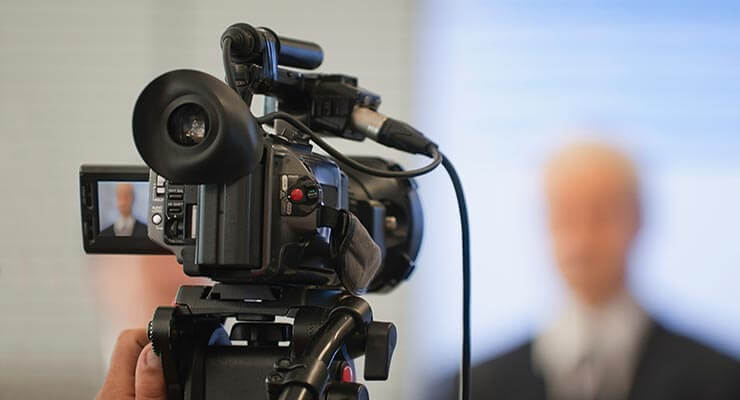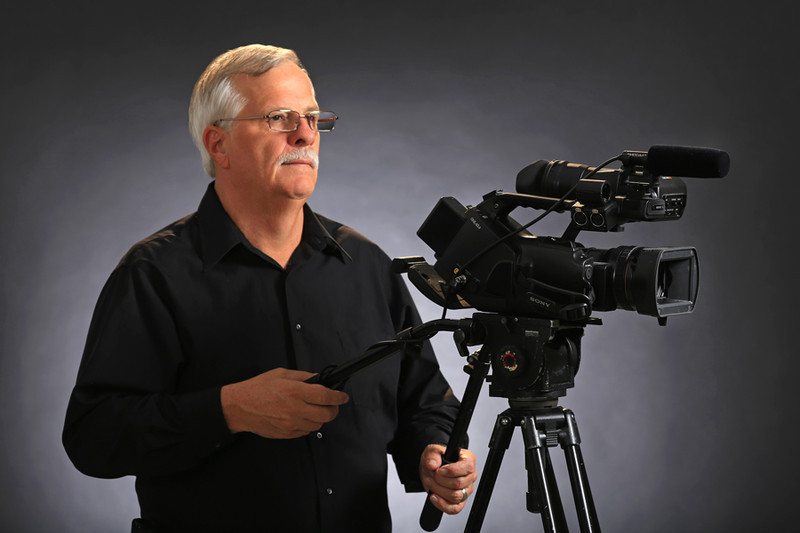Legal Videography: Strengthening Communication Between Lawyers and Clients
Why Lawful Videography Is Essential for Accurate Court Recordings
The role of lawful videography in court setups can not be overstated, as it acts as an important device for preserving the stability of court documents. By capturing both spoken and non-verbal communication, it improves the quality of witness testimonies and reflects the nuances of court communications. This extensive paperwork not just help in decreasing possible misunderstandings but also supports appellate testimonials, therefore strengthening the judicial procedure. The ramifications of integrating lawful videography right into common court room techniques raise crucial concerns about its broader influence on the legal system. What might these implications involve?
Importance of Visual Proof
In the realm of lawful procedures, the importance of aesthetic evidence can not be overstated. Aesthetic proof acts as a powerful tool in developing realities, supporting statements, and boosting the total clarity of an instance. This type of proof, that includes photos, video clips, and representations, can offer a tangible context that verbal summaries frequently lack, therefore providing courts and courts a more clear understanding of the conditions bordering a situation.
In addition, visual proof help in the retention of details. Human cognition is inherently visual, and people are more probable to keep in mind and comprehend details provided in a visual format. In the court, this can be critical, as engaging aesthetic proof can persuade opinions and strengthen the narrative offered by lawful reps.
In addition, using visual evidence can minimize misconceptions and ambiguities that often occur from verbal exchanges. By giving a straight representation of occasions, visual proof helps to eliminate subjective analyses and promotes a much more objective examination of the truths. The combination of aesthetic evidence right into legal process not only strengthens the honesty of the judicial procedure yet likewise enhances the likelihood of attaining a simply outcome.
Recording Non-Verbal Hints
Using advanced videography strategies can significantly improve the capture of non-verbal hints during legal proceedings. Non-verbal communication, including faces, body movement, and eye get in touch with, plays an essential duty in communicating feelings and intentions that might not be explicitly mentioned in verbal testament. legal videography. Legal videography uses high-definition cams and tactical angles to make sure that these subtle signs are taped with clarity and accuracy
The ability to evaluate non-verbal actions can provide important context to statements made during court sessions. A witness's hesitation or self-confidence can be translated via their pose or gestures, potentially affecting the jury's understanding of credibility. Furthermore, the use of close-up shots can assist concentrate on an audio speaker's expressions, enabling a more nuanced understanding of the testament.
Furthermore, incorporating numerous electronic camera angles can create a detailed sight of communications, highlighting dynamics between events included. This diverse technique not only enhances the accuracy of the court document however likewise aids in preserving the integrity of the judicial procedure - legal videography. Eventually, capturing non-verbal hints via legal videography fosters a richer, extra complete representation of court room procedures

Enhancing Testimony Reliability
The reliability of testament can be dramatically strengthened via making use of premium lawful videography. Video clip recordings work as an objective tool that catches not only the spoken words of witnesses but likewise the subtleties of their delivery, consisting of tone, pacing, and psychological expressiveness. This complex paperwork offers a more clear understanding of the witness's integrity and objectives, which can be essential in legal procedures.
Moreover, legal videography lessens the possibility for misconceptions that may occur from composed records alone. When jurors can observe a witness's demeanor and body movement combined with their statement, they are much better outfitted to evaluate the authenticity and dependability of the proof presented. This aesthetic context can enhance the testimonial story, making it a lot more compelling and qualified.
Additionally, the presence of a video recording can discourage prospective variances in statement. Witnesses may be much more cautious in their declarations when published here they recognize they are being taped, causing more accurate and sincere accounts. Generally, top notch legal videography enhances the integrity of testimony, making certain that his comment is here the court has accessibility to a total and sincere representation of the realities as conveyed by the witnesses.
Sustaining Appeals and Reviews
Legal videography plays an important function in supporting appeals and reviews by offering a detailed aesthetic record of courtroom proceedings. This visual paperwork catches not only the talked words of witnesses and lawyers however additionally the nuances of body movement, intonation, and court dynamics. Such aspects can be pivotal in comprehending the context of testaments and arguments offered.
In the appellate procedure, where the focus gets on mistakes of regulation and procedural fairness, a video clip document can act as an important tool for appellate courts. It makes it possible for courts to review the original test context, ensuring that decisions are based upon a complete understanding of the proceedings. The ability to visually assess the temperament of witnesses or the interactions in between events can disclose understandings that written transcripts might ignore.

In addition, lawful videography can help in clearing up obscurities in statements or step-by-step rulings, therefore enhancing the basis for an allure. By offering a trustworthy, objective account of what taken place in court, lawful videography not only sustains the integrity of the lawful procedure but likewise empowers all events included to make enlightened decisions regarding their cases.
Enhancing Court Room Procedures
Enhancing court room efficiency, legal videography enhances processes by providing prompt accessibility to aesthetic records of procedures. This modern technology permits courts, lawyers, and juries to revisit important testament and proof, guaranteeing that all parties have a clear understanding of the instance. By catching the subtleties of verbal and non-verbal interaction, videography enhances the record, making it easier to understand the context and weight of statements.

Furthermore, video recordings can facilitate remote involvement in hearings, permitting greater versatility in scheduling and participation, which is specifically useful in complicated click to investigate cases including multiple stakeholders.
Final Thought
To conclude, legal videography plays an important role in ensuring precise court recordings by providing crucial visual evidence that captures both spoken and non-verbal communication. This method enhances the dependability of testimonies, sustains appellate reviews, and enhances court room processes. By promoting a comprehensive understanding of court room characteristics, lawful videography eventually adds to much more equitable judicial end results, reinforcing the integrity of the legal system and assisting in notified decision-making.